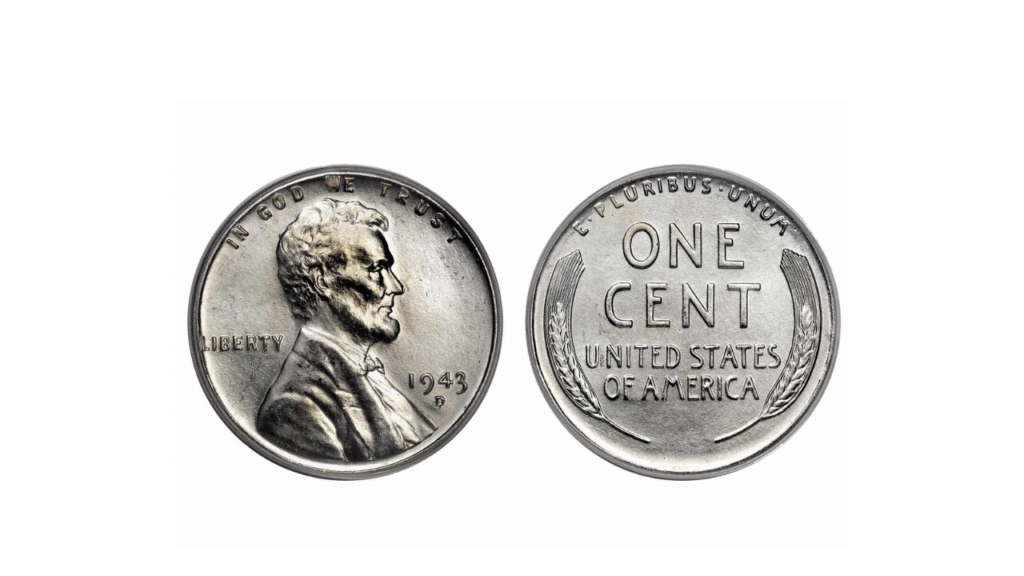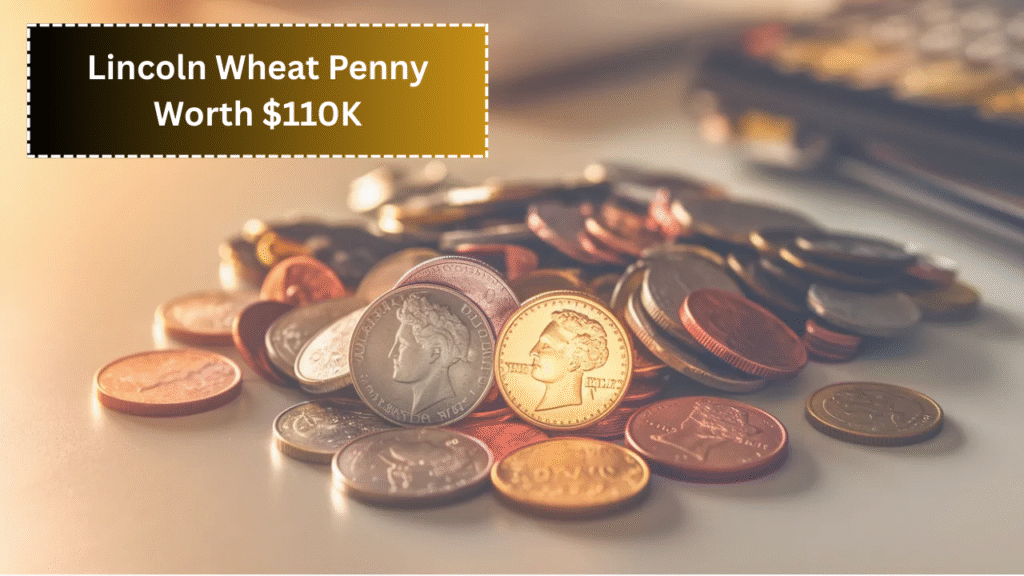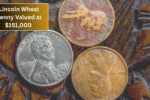The Lincoln Wheat Penny is more than just a coin—it’s a small treasure that many people don’t even realize they have. Some of these pennies, especially rare ones, have become extremely valuable over time.
Imagine finding a penny in your pocket or your change jar that could be worth $110,000 or more! Yes, it’s true. Some Lincoln Wheat Pennies, even today, are still in circulation and could be worth a fortune.
The Rare Penny That Defies the Odds
Most people know about the famous 1943 copper penny that is extremely rare and valuable. But did you know that other Lincoln Wheat Pennies are also worth a lot?
The 1943 penny was made of steel because copper was needed for World War II, but a few copper pennies were accidentally made that year, making them very rare and sought after.
However, there are other Wheat Pennies from different years that can also fetch high prices, especially if they are in good condition. These pennies were minted from 1909 to 1958 and have the unique “wheat ears” design on the back, which makes them easy to identify.
Still Circulating: Your Pocket Change Might Be a Goldmine
Even though these pennies were made decades ago, many are still found in everyday circulation. It means your pocket change or a coin in a cash register might just be worth a lot more than one cent. People often overlook these pennies because they look old and worn out. But collectors value these coins based on rarity, condition, and specific features like mint marks.
For example, a 1909-S VDB Lincoln Wheat Penny is one of the most valuable. If you find one in good condition, it could be worth thousands of dollars.
The “S” means it was minted in San Francisco, and “VDB” refers to the initials of the coin’s designer, Victor David Brenner, which appear on the coin’s back. These coins are rare because fewer were made, and many were lost or damaged over time.
Beyond the 1943 Bronze: Other Lincoln Wheat Pennies to Watch

Besides the famous 1943 copper penny and the 1909-S VDB, there are a few other Wheat Pennies that collectors look for:
- 1914-D Lincoln Wheat Penny: Minted in Denver, this penny is rare and highly prized.
- 1922 No D Lincoln Wheat Penny: This one has no mint mark, which makes it special.
- 1955 Doubled Die Lincoln Wheat Penny: Known for its doubled date, it is a famous error coin.
- 1931-S Lincoln Wheat Penny: Another San Francisco mint coin that’s quite rare.
These pennies can sell for thousands of dollars depending on their condition. Collectors also check for errors or mistakes in the coin’s design, which can increase value.
Why These Pennies Matter?
Lincoln Wheat Pennies are more than just coins. They represent a part of American history and the changing economy of the early 20th century. The design itself is a tribute to President Abraham Lincoln, the first U.S. president to appear on a circulating coin. This was a big deal when the penny was first issued in 1909 because it honored Lincoln’s legacy.
For collectors and historians, Wheat Pennies tell stories about the past. They show changes in metal use during wartime and give insight into minting technology and design trends of their time.
The Future of Wheat Penny Collecting
Collecting Lincoln Wheat Pennies continues to be popular. New collectors are entering the hobby every year, drawn by the coins’ history and the thrill of finding a rare piece in everyday change.
If you have old pennies, it is a good idea to check them closely or get them evaluated by a coin expert. Some might be worth more than you think, especially if they are well preserved or have special marks.
Experts also recommend storing valuable pennies carefully to avoid damage. Using coin holders or albums can protect your coins and maintain their value.
Final Thoughts
The Lincoln Wheat Penny is a fascinating part of American coin history. Many people have these coins without knowing their true value. Whether it’s the famous 1943 copper penny or other rare Wheat Pennies, these small coins can be worth a lot more than their face value.
If you find an old Lincoln Wheat Penny, don’t throw it away or use it carelessly. Take a closer look, and you might just have a hidden treasure in your hands.




